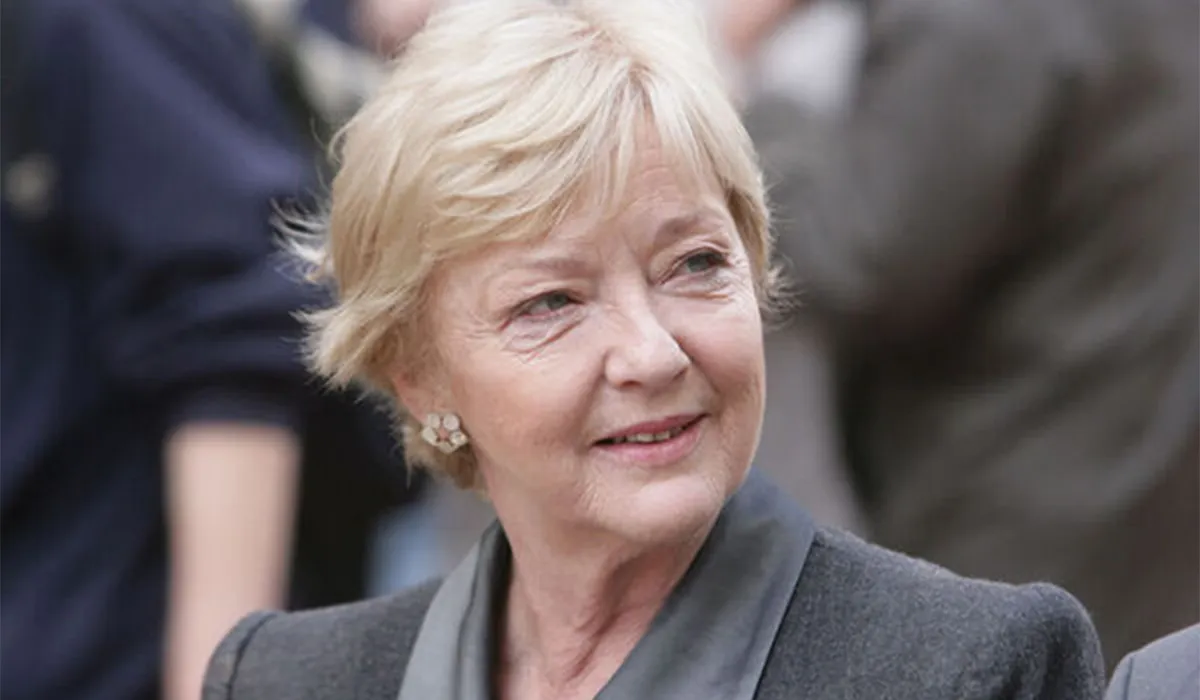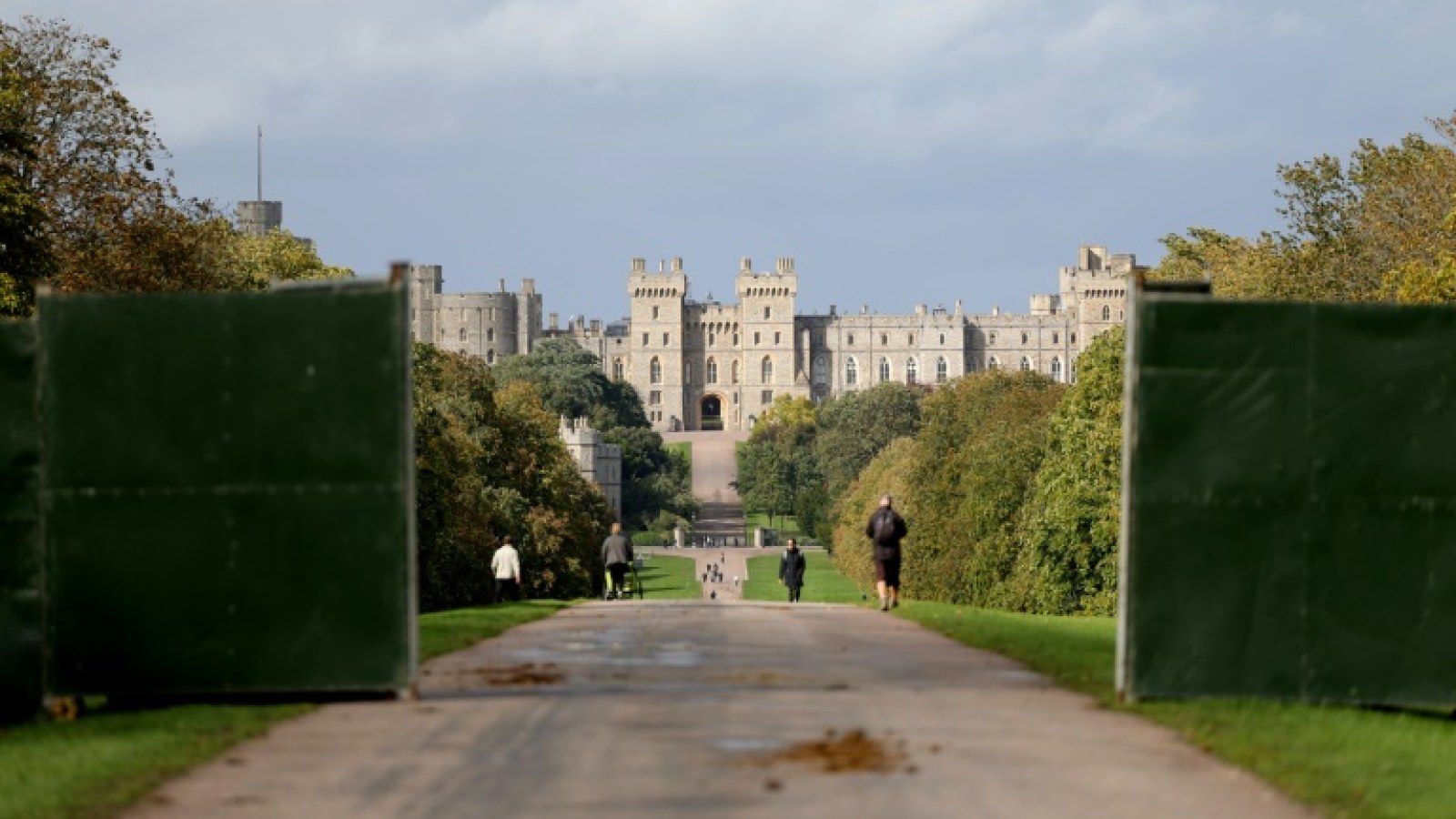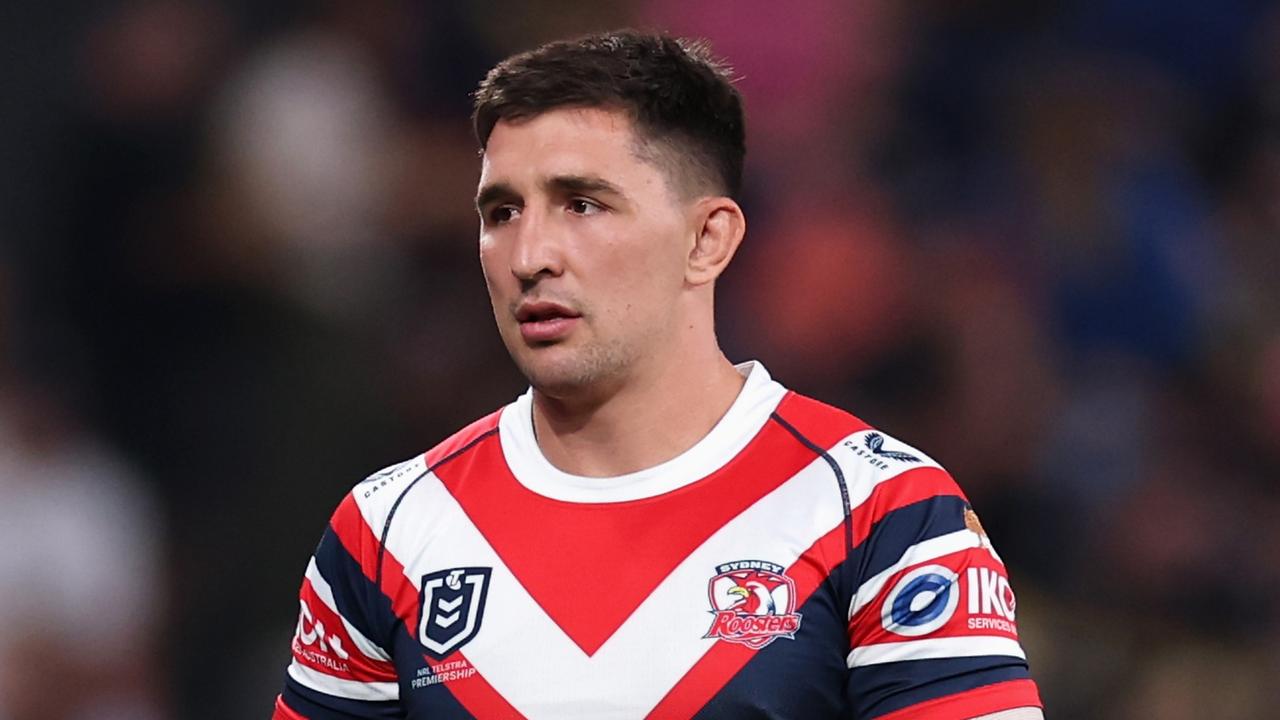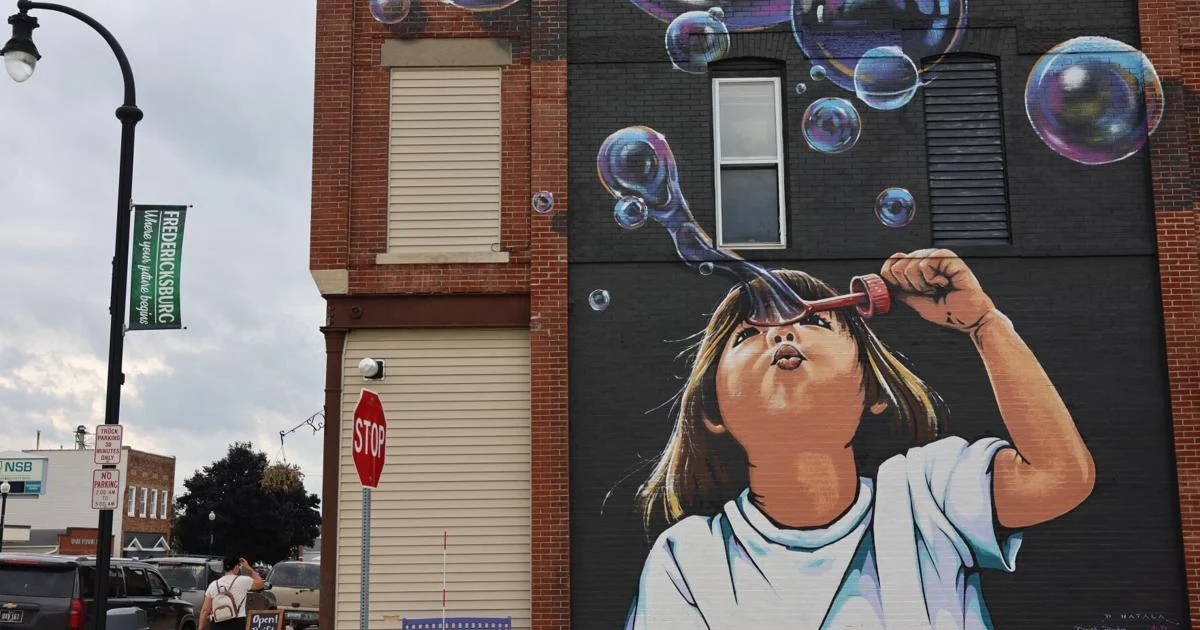By Sinead Dalton
Copyright evoke

The late broadcaster Marian Finucane played a significant role in smashing the ‘glass ceiling’ for future stars such as Claire Byrne and Sarah McInerney, the author of a new book to mark the centenary of Irish radio says.
The country’s first radio station, 2RN, was launched in 1926. And speaking ahead of the publication of Radio Lives: 100 Years Of Irish Radio, Raidió na Life founder Dr Rosemary Day said the medium was initially a ‘powerful force of Irish unification’.
Rosemary told the Irish Mail on Sunday: ‘The founders of the State really wanted to find a way to bring people together, to ensure that everybody feels safe, everybody feels welcome, everybody has their own voice. Radio was a very new toy, really, and they realised pretty quickly that it could be a very powerful force to unify Ireland.’
The early radio stars were, according to the author, not the presenters but the performers – ‘established classical musicians and opera singers’ – listeners tuned in to hear. Big personalities emerged later, with trailblazers such as sports broadcaster Mícheál Ó hEithir, the ‘voice of Gaelic Games’ who was massive’ from the 1940s and became Ireland’s very first radio celebrity.
He was closely followed by poet Monk Gibbon, who fronted a popular art show in the 1950s. But, Rosemary pointed out, women’s voices were largely absent from the airwaves in the first 50 years of Irish radio.
She cited the fact that ‘married women couldn’t work, and when they got married, they had to resign’ from their jobs, but prejudice also played a part.’In the very first early days of radio, it was thought that women’s voices carried further, but very quickly, they realised this wasn’t the case and women were erased from the airwaves.
‘There were very strong women, but then, the prevailing understanding was that women’s voices were too high and would irritate people.’ The absence of women from the airwaves continued right up until the 1960s, when the ‘incredible’ Frankie Byrne came on the scene with her hugely popular agony aunt show, Dear Frankie. ‘She started every show with, “Welcome to Women’s Page, a programme for and about you”.
‘She was quite an amazing woman, and she really paved the way for those who came after her.’
But she said the real breakthrough for women came in 1979, with the first broadcast of Women Today, presented by Marian Finucane and Doireann Ní Bhriain. Rosemary said that, while ‘they didn’t broach political topics’, the show discussed ‘topics RTÉ had never approached before’.
She said: ‘They talked about sex, and they talked about periods, and they talked about prostitution, which was something we tried to pretend didn’t happen in Ireland. They talked about lesbianism. And they really did start to break through the glass ceiling. ‘It was produced by two women, Betty Purcell and Clare Duignan, and they were very active advocates for women’s rights.’
It was only from the 1980s onward that women finally began to break into what was very much a male-dominated field. However, most continued to work behind the scenes, Rosemary said.
‘Commercial radio, from 1988, meant that you would expect that they’d have loads of women on air, but the problem was that the women were all working in sales and most stations had mainly male voices,’ Rosemary said. And the author said that even though some ‘trailblazers’ have forged a path for future generations for their ‘serious’ and ‘hard cutting’ broadcasting, ‘women’s voices, including guests on air, are [still] mainly given softer topics of discussion’.
But she added: ‘Some women like Claire Byrne and Sarah McInerney have really worked hard, starting in the private sector, moving into RTÉ, and getting those really hard-nosed current affairs jobs.
‘Sarah McInerney has done stellar work. She’s really broken out of ghettoisation, and doing Drivetime is a really hard programme.
And she also praised Claire Byrne, who recently announced a high-profile move to Newstalk. ‘Claire Byrne is another woman who didn’t go back to the celebrity thing, who chose to stick with radio. There was talk of her taking on the Late Late [Show] before Patrick Kielty came on the scene, and she chose to stay on the radio, doing politics,’ Rosemary Day said.
As the head of Media and Communication Studies at Mary Immaculate College, University of Limerick, a position she has held since the inception of the course back in 1994 Rosemary has also seen her fair share of notable female names in broadcasting come through her lecture halls.
She said some of the more famous female graduates of the course include Petula Martyn, who is now RTÉ’s Midwest Correspondent, and Jacqui Hurley from RTÉ’s The Sunday Game. Ms Hurley, according to her former teacher, is another example of a woman who ‘broke into a man’s world’.
The lecturer said the progress of her students is a great source of ‘pride’ for her.
‘It’s just such a rush of pride – even though they did it all themselves – when you see them do their first story, and it’s like they’ve been bitten by the bug,’ Rosemary added. ‘I love to see former students doing that, and I love seeing them getting big plum jobs but I also love to see them going off around the world and coming back with stories.



